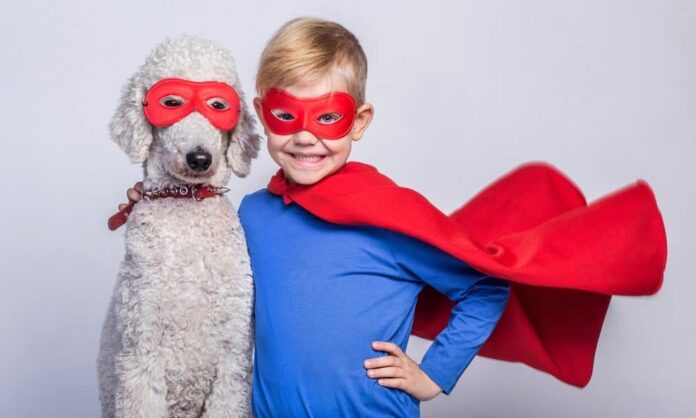Teaching Kids to Interact with Dogs: Guidelines for Safety and Bonding
For devoted dog lovers, a deep respect for animals often begins in childhood. Early education on how to value and interact with dogs not only fosters a lifelong adoration for these companions but also equips children with essential safety skills. This article provides crucial guidelines for parents on nurturing children to be responsible dog owners in the future.
The Responsibility of Parents
Every parent has a duty to educate their children about the proper treatment of dogs, irrespective of their own pet ownership status. These lessons are vital for ensuring the well-being of both the dogs and the children interacting with them.
Essential Rules for Kids
Here’s how to guide your children in becoming respectful and safe when interacting with dogs:
- Approach with Care: Encourage children to never reach for a dog’s face or head. Instead, teach them to allow dogs to approach them first, identifying whether the dog is comfortable with petting.
- Recognizing Body Language: Help kids differentiate between friendly and aggressive body language. Remember, a wagging tail does not always signal a happy dog.
- Avoid Running: Teach children not to run toward or away from unfamiliar dogs. Quick movements can trigger a dog’s instinct to chase, which can be dangerous.
- Respect Space During Meals: Instruct kids never to disturb a dog while it is eating or playing with toys to prevent possessive behavior.
- Gentle Waking: Children should only wake a sleeping dog using a calm voice to avoid startling the dog and potentially causing a negative reaction.
- Handle with Gentleness: Encourage soft interactions. Kids must refrain from tugging or pulling on a dog’s body, focusing instead on gentle strokes.
Guidelines for Parents
Parents play a crucial role in ensuring safe interactions between children and dogs. Here are some rules to follow:
- Controlled Introductions: Introduce children to dogs slowly and carefully. Use baby gates or crates to separate them initially until both parties are comfortable.
- Supervision is Key: Never leave children alone with dogs until you are sure they both understand how to interact properly.
- Teach Respect: Train your child to treat dogs with kindness and respect. Likewise, ensure your dog is trained to behave appropriately around children.
Fostering a Strong Bond
Teaching children to treat dogs with respect is paramount for both human and canine safety. Moreover, it nurtures a loving relationship between them. Here are four ways to help children develop bonds with dogs:
- Go for Joint Walks: Let children assist in walking the dog using two leashes, fostering a sense of responsibility while ensuring safety.
- Play Fetch: Adapt the game of fetch to suit children’s and dogs’ abilities, promoting enjoyable bonding experiences.
- Read Aloud: Encourage young readers to read stories to calm dogs, enhancing their bond while improving literacy skills.
- Engage in Hide and Seek: Have kids hide treats for the dog to find, allowing them to witness the dog’s intelligence and playful nature, reinforcing mutual respect and love.
Share Your Tips!
Do you have additional tips for fostering a positive relationship between kids and dogs? Share your experiences or fun bonding activities your children enjoy with their pets in the comments below!












